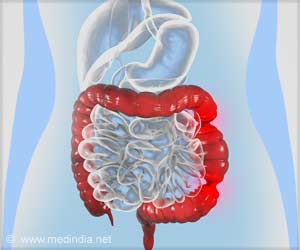A new study has shown that loss or chemical inhibition of a protein, known as acid sensing ion channel protein (ASIC1a), decreases inborn fear behaviour in lab animals, making normally timid mice comparatively fearless.
The study, conducted by University of Iowa, might provide valuable insight into anxiety disorders and may even point the way to a new therapeutic target.For humans and other animals, some fears seem to be, in large part, inherent and inborn rather than learned. But little is known about the brain mechanisms involved in innate fear responses.
The UI study shows that upsetting the ASIC1a protein leads to alterations in innate fear reactions in mice and suggests that this protein may be a significant element of the brain systems that trigger innate fear.
The UI team, led by John Wemmie, M.D., Ph.D., assistant professor of psychiatry in the Roy J. and Lucille A. Carver College of Medicine, examined ASIC1a's role in innate fear by disrupting the protein in mice and observing the effect on several well-studied innate fear behaviors. The results showed that mice that lack the protein were significantly less fearful of open spaces, loud noises and predator odor than normal mice.
In a set of experiments, the team also showed that chemically restraining the ASIC1a protein in normal mice (using a component of tarantula venom) blunted the innate fear response.
"Showing that pharmacologically blocking the channel reduces innate fear behavior, in theory, sets the stage for investigating whether therapies that block these ion channels in humans might be effective in anxiety disorders," said Wemmie, who also is a physician and researcher at the Veterans Affairs (VA) Iowa City Health Care System.
Advertisement
The researchers speculate that because the gene is localized to brain regions involved in fear, targeting the ASIC1a protein might have a more focused effect on anxiety with fewer side effects than existing treatments, which affect systems throughout the brain, not just those involved in the fear response.
Advertisement
Although this study examined the effect of disrupting the ion channel in mice, the mouse gene is very similar to the human gene, and the ASIC1a is present in human brains, where it is found in the amygdala.
The UI team plans to determine the specific sites of action of ASIC1a in the brain, and focus on understanding the role of the ion channel in the amygdala. They also are interested in whether the protein is involved in other types of psychiatric illness.
"Anxiety and other psychiatric illnesses, such as depression, are closely related. Some anxiety treatments often are effective for depression and vice versa. This study raises that possibility that blocking this protein might be useful for depression as well as anxiety," Wemmie said.
Source-ANI
LIN/C





